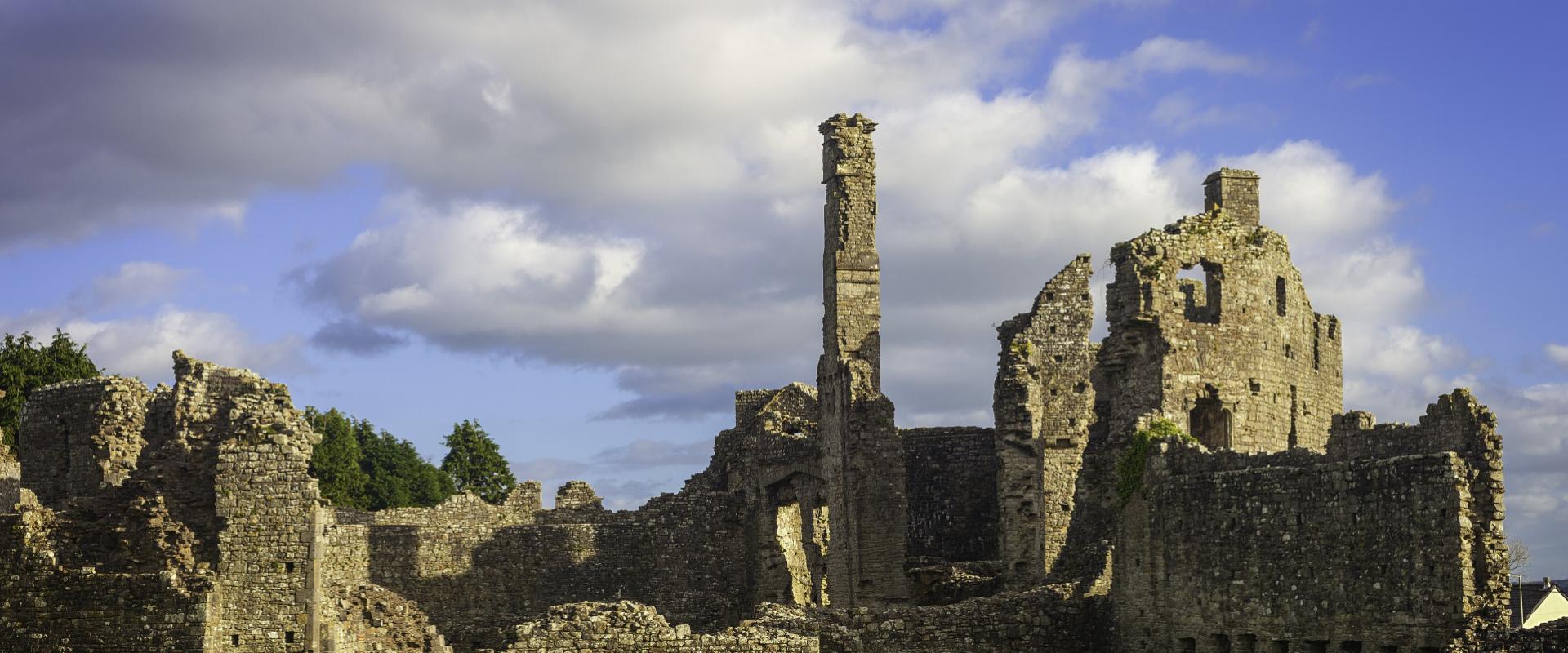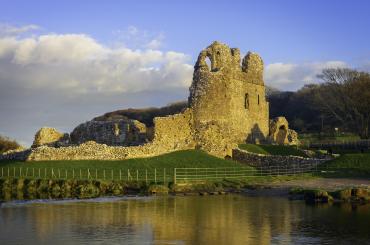Castell Coety

Romantic ruined castle, a storyboard in stone
Originally founded in the early 12th century, Coety’s remains are a centuries-spanning jumble of architectural styles that reflect its lengthy occupation. Begun as an earthwork castle around AD 1100, the stone keep and curtain wall were late 12th-century additions.
Major rebuilding took place in the 14th century and again in the 15th, after Owain Glyndŵr laid siege to the castle during his uprising against English rule. Further modifications were made in the early 16th century, including the addition of a third floor.
Though the castle is now a ruin, remaining features from each era shed light on its long and storied life.
Opening times & prices
Opening times
| 1st April - 31st March | 10am - 4pm |
|---|---|
|
Daily 10am–4pm Last admission 30 minutes before closing Closed 24, 25, 26 December and 1 January |
|
Visitor information
Dogs welcome
Walking difficulty
Terrain: Level 1 – Accessible
Drone policy
No smoking
Health & Safety
Coity is partially covered with a dry moat. During constant high levels of rainfall, it may flood and become deep in parts.
Do not climb down into the moat.
Most of the ground is flat and is a mixture of grass or small gravel paths. There are a few pieces of historic bedrock or protruding stonework so please be mindful as you walk around the castle’s inner spaces. The route around the moat is narrow in places and may be slippery when wet.
Guardrails have been installed to prevent access to any areas of the site that we have deemed as dangerous or to prevent falls in specific areas.
Climbing may result in serious injury. Please do not climb over or through any fixed installation.
Please refrain from climbing into upper areas at this site, they are not deemed safe for public access.
As with all ancient monuments there is always a risk of stones being dislodged in bad weather, however, we manage this through extensive monitoring.
There are several wild plants and flowers, although these are great pollinators, they may be poisonous to visitors and animals, we strongly advise you not to touch or allow dogs to eat any vegetation.
Please watch our health & safety film before visiting Cadw sites.
Iechyd a Diogelwch / Health & Safety
Please report any anti-social behaviour such as climbing, setting fires, graffiti etc. to CadwAccidentsReports@gov.wales
Some or all of the following warning signs may be found situated around the site. Please pay attention where appropriate.
Falls from height
Slippery or uneven surfaces
Falling masonry
Directions
Google MapPostcode CF35 6BH
what3words: ///always.kite.caller
Parking — one designated hard-standing space at the castle’s entrance, or park in surrounding residential streets. Please do not block access to our neighbours’ drives, or the field gate which the farmer accesses to get to his livestock.
Related
Unlimited access to Wales' past
Join Cadw for as little as £2.00 a month and gain unlimited access to over 100 historical sites.
Enjoy the many benefits of Cadw membership
- 10% off Cadw gift shops
- 50% off entry to English Heritage and Historic Scotland sites
- FREE entry to English Heritage and Historic Scotland on renewal
- FREE entry to Manx National Heritage properties
- FREE membership pack including car sticker and full colour map
